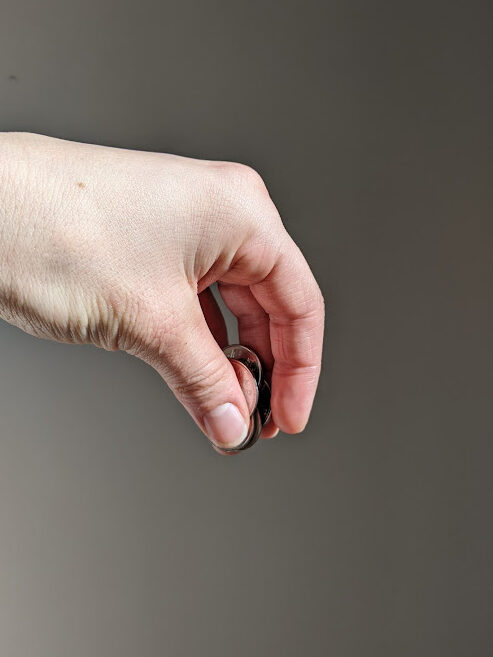We’re still nearly $5 short of the living wage people need in Victoria to survive

On March 14, B.C. announced the province would be raising the minimum wage from $15.20 an hour to $15.65 beginning on June 1.
B.C.’s minimum wage is the highest of any province. The Government of B.C. says that “The Province is following through on a 2020 commitment to increase the minimum wage to $15 an hour through measured, predictable increases, and then tie future increases to the rate of inflation.”
At the announcement, Minister of Labour Harry Bains had some encouraging words for everyone receiving this generous 45 cent pay raise.
“This better reflects the challenges for workers. Workers need to be able to keep up with cost of living,” he said. “We do not want our lowest-paid workers to fall behind. The minimum wage increases tied to inflation are part of our plan to build an economy that works for everyone.”
Claiming that a wage of $15.65 an hour will help the economy work for B.C.’s lowest paid workers is a bold assertion from Bains, who by the way made a salary of $151 183 in 2021. That’s about $72.68 an hour if he is working a 40 hour work week. In comparison, the average hourly wage for employees in B.C. in 2021 was only $30.54.
As the man who makes approximately $72.68 an hour tells us that a 45 cent pay increase will stop the lowest-paid workers from falling behind, let’s examine what the living wage here in B.C. is.
While B.C.’s minimum wage has increased from $11.35 to $15.65 over the last five years, these wages are still shy of the calculated living wages for most regions in B.C. In 2021, the living wage for Greater Victoria was $20.46 an hour. In Metro Vancouver, it’s $20.52, and both the Fraser Valley and Kamloops have living wages above $16 an hour.
We’re still nearly $5 short of the living wage people need in Victoria to survive. The government says that “The upcoming minimum wage increase to $15.65 an hour is the first one to be tied to British Columbia’s average annual inflation rate. This year’s rate is 2.8% and was calculated from Jan. 1 to Dec. 31, 2021.”
While the inflation rate was 2.8 per cent for 2021, the price of a single family home in Victoria soared 20 per cent in a single year to a widely unattainable average of $1 041 068.
Gas prices were 179.9 cents a litre on Feb. 16, but then skyrocketed to 216.9 cents a litre on March 8, a 20 per cent increase over a mere few weeks. Luckily, for those with a low income, they have an extra 45 cents an hour coming their way.
Something isn’t adding up. It feels like the B.C. government is content to pat themselves on the back while upholding a system that keeps the impoverished in poverty.
As the government points out, in 2021, 136 300 employees in B.C. earned minimum wage or less, and 58 per cent of employees earning minimum wage were women. Yet while 136 300 people in B.C. make less than a living wage, our Minister of Labour is celebrating a 45 cent pay increase. As if those 45 cents will help impoverished people pay rent, which is averaging at about $1 800 a month for a one-bedroom unit in Victoria.
Why are people who are making $151 183 a year telling low-income households what wage will stop them from falling behind? This economy works for people like Bains and nobody else.
In B.C.’s announcement, the government claimed that over the last five years, the majority of British Columbians who have “benefited” from the minimum wage increases are women, immigrants and youth. But as the world gets more expensive, housing becomes more unattainable, and the poor become poorer, who is really benefiting from the wage economy? It’s men like Bains. It’s not the low-income women, immigrants, and youth that the government is pretending to support.
So as Bains and the B.C. government pat themselves on the back today and bask in their wealth, low-income workers will continue to struggle to make ends meet, as this 45 cent pay increase is more of a slap in the face than a helping hand.








